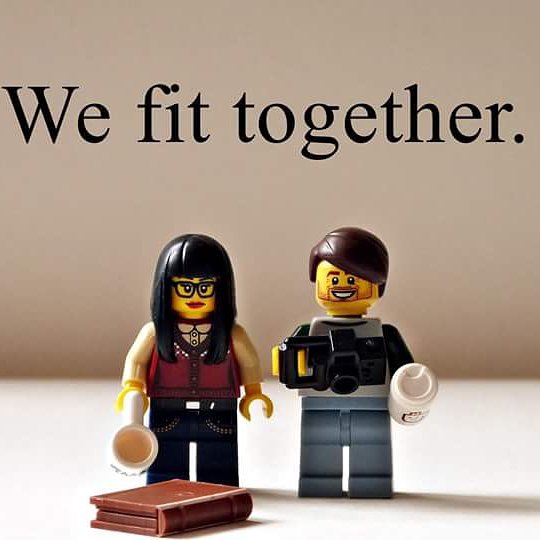
Lego figures built by David Fraser who also took the photo.
Ten years ago a Scottish boy told a Danish girl that he really liked her. The Danish girl went: "Oh shoot, I like you too, but I don't want to ruin our friendship because.." (cue five-minute ramble). The Scottish boy assured the girl that the friendship wouldn't suffer. Ten years later they are still each other's best friend as well as still really liking each other.
I met David online. He had a blog and I had a blog (an earlier incarnation of this one!). True to the era we had no idea what the other person looked like, but we liked the same things (1990s indie pop, art, camp musicals, and books). We were online friends for about four years before we realised we really liked each other's company. We had grown closer over the four years to the point where I considered him one of my best friends. And then he threw that bombshell.
It's difficult to imagine what my life would look like without Dave. I used to say I'd die a spinster underneath a collapsed pile of books - but now I not only know the etymology of the word 'spinster' (someone who spins yarn!) but I also get to talk about yarn, etymology and books for a living. I live in one of the most beautiful cities in one of the most beautiful countries in the world. And I have a life where conversations over dinner revolve around colour theory, art movements, and Star Wars Lego. We have impromptu dance sessions in the kitchen. He takes photos. I knit. We eat cake and discuss politics.
Dave is my rock (and photographer, stylist, sounding board, and biggest cheerleader). Things have not always been easy, but they have been worth it.
Happy ten years to the cool, funny, warm-hearted guy who makes me want to be the best person I can possibly be. Thank you for opening up your life to me. I still really like you too x
(And because I can - here's a Spotify playlist of music we've danced to over the last decade.)
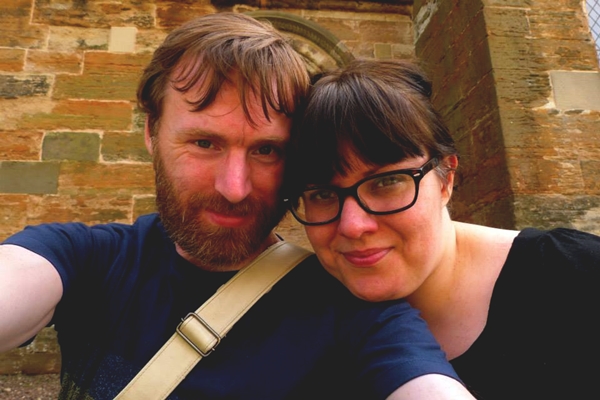
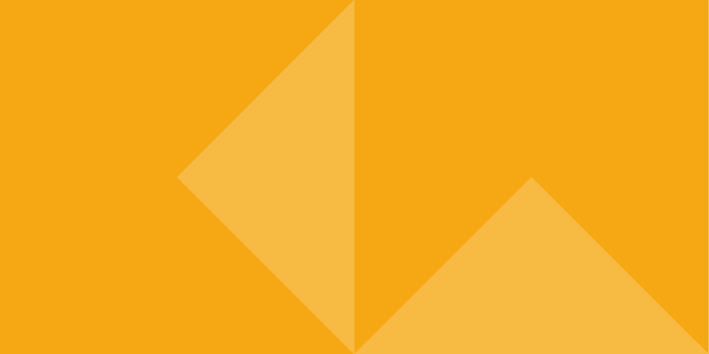
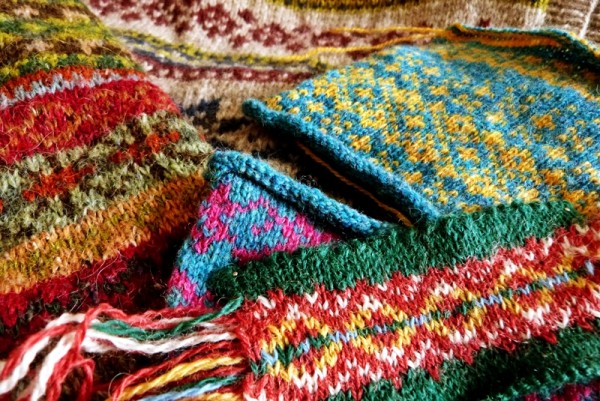 I am currently putting last touches to my workshop schedule for late 2015/early 2016. I am sitting on my hands a little bit as some of the events are not mine to announce, but I can give you the heads up on two of the several one-offs I will be doing.
I am currently putting last touches to my workshop schedule for late 2015/early 2016. I am sitting on my hands a little bit as some of the events are not mine to announce, but I can give you the heads up on two of the several one-offs I will be doing.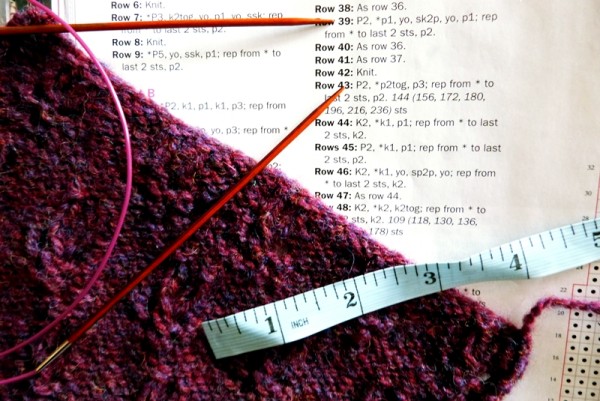
 Late last week I made a big decision. It had been brewing in my head for some time, but I finally said the words out loud: "I am going to make a book." I have no idea how exactly this is going to happen, but I am going to make a book.
Late last week I made a big decision. It had been brewing in my head for some time, but I finally said the words out loud: "I am going to make a book." I have no idea how exactly this is going to happen, but I am going to make a book.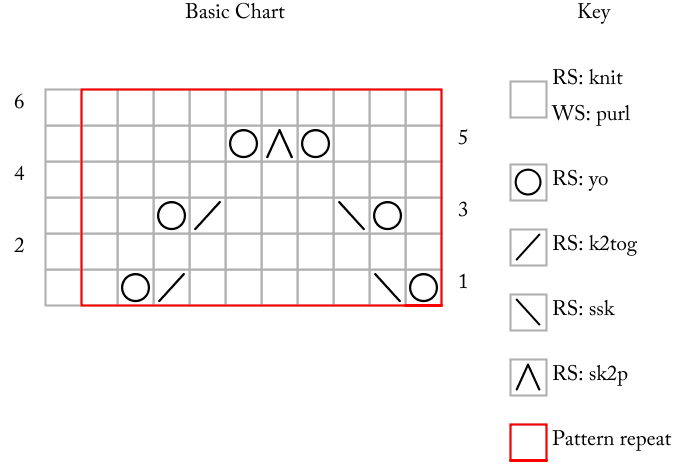
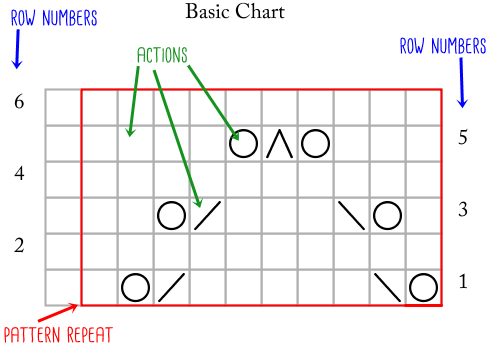
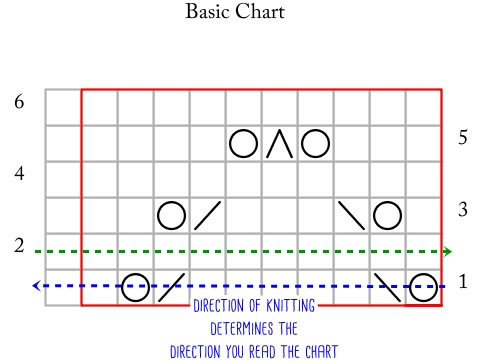
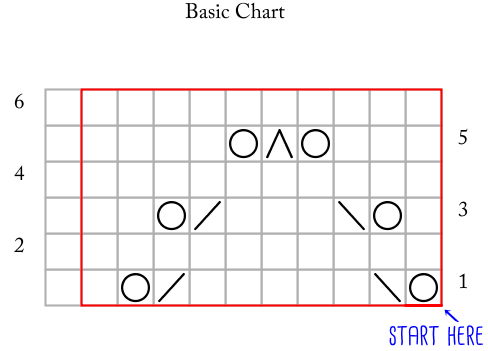
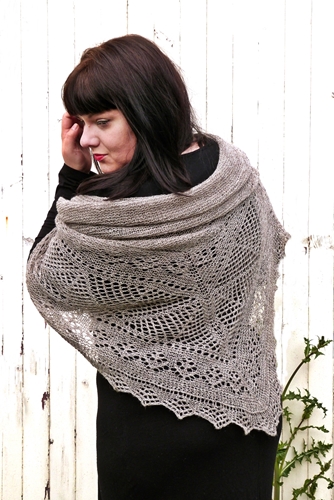 Another photo shoot beckons. I am a perfectionist and I haven't been happy with the photos we've managed to get so far. The first shoot was basically us trying out a couple of locations. Obviously the first location we tried turned out to be my favourite - isn't it always so? - but we had only shot a couple of photos. I wanted more.
So, yesterday we headed out for another shoot. I was tired and I think it showed in the images.
Another photo shoot beckons. I am a perfectionist and I haven't been happy with the photos we've managed to get so far. The first shoot was basically us trying out a couple of locations. Obviously the first location we tried turned out to be my favourite - isn't it always so? - but we had only shot a couple of photos. I wanted more.
So, yesterday we headed out for another shoot. I was tired and I think it showed in the images.






